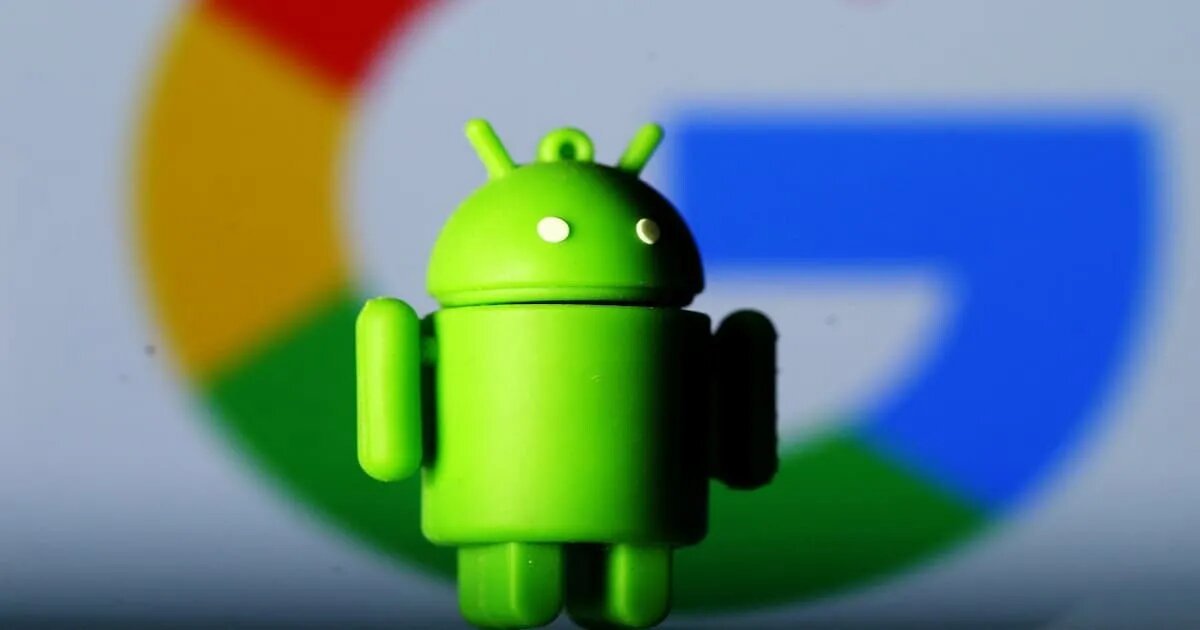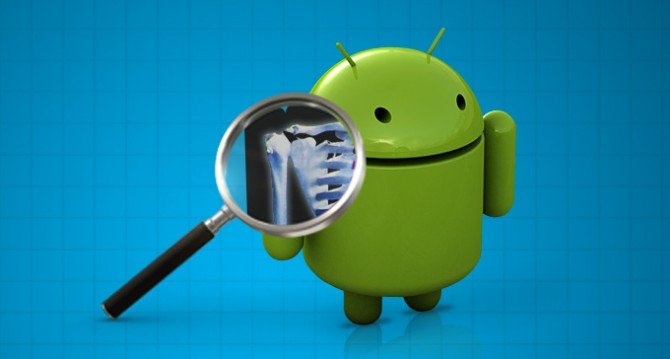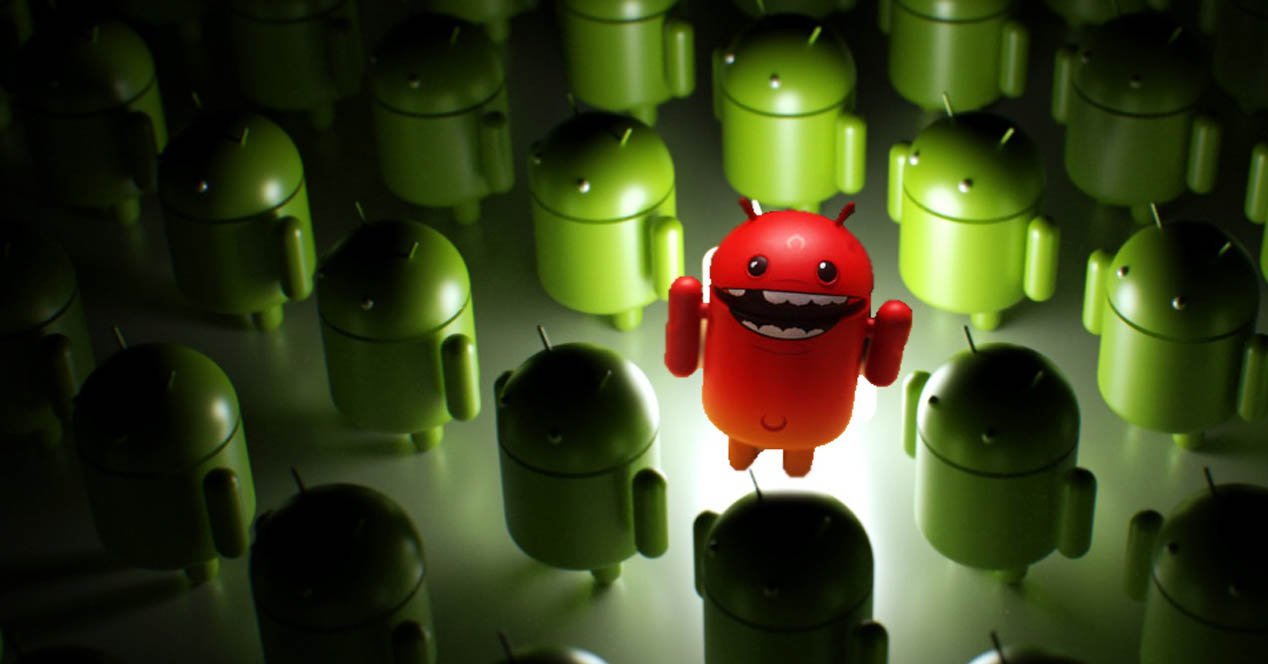One reason you choose to buy an Android mobile phone is that the functional your system is considered open linux based code. Is it really so and how much does it matter? Let's break it down.

Android san mobile phone operating system has taken over the market and a major reason for this is because it is considered open source, hence safe. In addition, it is based on another open source operating system, linux, which makes it even more popular since for many, linux is the most secure operating system available today.
Nice little poem so far but the truth is that every Android phone you buy in the stores is locked and runs a lot of closed source code.
As a result, people who truly value the ideals of open source are very wary of Android and look to other truly open source systems such as Ubuntu Touch or Sailfish OS. Although they have been disappointed as all these have so far failed to take off in the commercial market.
Android remains as the main choice for those users who want to have a mobile phone that uses linux. But how open source is Android really?
READ: What are open source licenses and what are proprietary
The story behind Android

Android has open source roots. The venture was launched under Android Inc. in 2005, which Google bought two years later. In the same year, Google and several other companies formed it Open Handset Alliance, with Android being the main building block of this consortium.
Android is based on the Linux kernel, so most parts are open source, with some additional code added to make it work on specific hardware. The basic Android platform known as Android Open Source Project (AOSP), is available for anyone to download and do whatever they want with it.
OnePlus, Samsung, Xiaomi, Oppo and many other manufacturers have done just that in their phones and tablets.
Amazon put Android on the Kindle, LG put it on smartwatches, and NVIDIA put it on a game console. Meanwhile, companies are shipping the operating system to their smart TVs. You can see Android on almost everything from point-and-shoot cameras to refrigerators.
And the main advantage is that it is free. Σε αντίθεση με το iOS, οι άνθρωποι δεν χρειάζεται να πληρώσουν money to anyone to use Android in their product. And because the source code is open, they are free to experiment and customize the software as they like.
Because Android is not open source

Why do linux fanatics and connoisseurs think that Android is not open source, at least as much as linux is? What are the annoying points that maybe even ordinary users should take into account at some point?
Without getting into the deep structure of Android and difficult terminologies and concepts, let's see where the "open source" feature boils.
a. Developers are allowed to lock the code
Android is fundamentally open source, but most of the software that runs on top of the platform is unfortunately not. This is true whether you're getting a Pixel device, or something from Samsung. Unlike the early days of Android, now part of the operating system and most of Google's apps have become closed source.
The same applies to the code sent to the custom operating systems of Samsung, Xiaomi, OnePlus and other manufacturers. Most of the apps you get on Google Play, regardless of whether they are free to download, are not open source.

Since private (closed) source software makes up most of what we see and use, the situation makes Android finally look like a closed source platform.
But third party manufacturers are also allowed to create closed source software that runs on linux and android. Apart from those creators who like to distribute software under a Copyleft license, others can take the code and use it to create proprietary applications.
And finally, what part of the Android platform is open source? As only its core is visible. Google publishes much of Android under the Apache license version 2.0, preventing users from using the kernel to create locked products.
Although many app developers conform to the license, the funny thing is that Android itself in the rest of its software and applications does not follow its guidelines.
b. Android core development is not community driven
For the most part, Google develops Android. Once or twice a year, the company releases a bunch of new routines and code based on new hardware manufacturing technologies.
And on top of that Google releases maintenance and security updates every month as it prepares for the next big release.
Usually open source projects seek more participation from the wider community. Red Hat may fund much of the work that goes into GNOME, but developers from all over the world contribute to GNOME code.
Canonical, the company behind Ubuntu, has a lot of control over the look and feel of this Linux distribution, however, community members still have a say in which programs make it into app repositories or certain websites.
In comparison, Android comes across as entirely a Google product.
c. You are not in full control
 Part of what draws people to Linux and other open source operating systems is the freedom and control available. You can't see what's at the heart of a Windows or macOS system and see what makes it stand out or tick.
Part of what draws people to Linux and other open source operating systems is the freedom and control available. You can't see what's at the heart of a Windows or macOS system and see what makes it stand out or tick.
With Linux, you may not understand most of the code, but you are free to tinker with it.
In practice, however, an Android phone is sold with little more freedom than one iPhone. You can always change the boot mode, apply some extended themes, and customize some functionality to your liking, but you can't tinker with the underlying OS without gaining root access and voiding your warranty at the same time.
More extensive modifications require rooting your device or flashing a custom ROM.
How Android can become truly open source

Official Android is simply open source in name only. But there are many things you can do to make Android truly open source with tangible benefits.
a. There are custom ROMs
Community ROMs (custom ROMs) are based on AOSP and provide Android users with alternatives for their devices.
The CyanogenMod, which has now been separated from the LineageOS, works on millions of Android smartphones. And it's not that different from Google's official Android. This is why many people choose to flash a ROM in the first place.
LineageOS isn't the only option out there either. Many ROM makers have risen and fallen over the years, such as Paranoid Android and AOKP.
In some ways, the custom ROM ecosystem resembles the Linux distribution model. These ROMs are mostly the same, in each project they take the same code but modify it in different ways. This of course wouldn't be possible if Android itself wasn't open source.
b. Even open source competitors depend on Android
At the beginning of this post, we mentioned Sailfish OS and Ubuntu Touch as alternative true open source mobile operating systems.
And the teams behind these projects have used Android code in one way or another. Sailfish OS allows you to install Android apps directly, even though it is not based on Android but on linux.
Before Ubuntu Touch, there was the Ubuntu for Android. It's incredible that Android is almost closed source, but the projects based on it are mostly open source.
c. You can take control of your device
If you do one of the above then you will void your device's warranty, but you have the option to do whatever you want with your device. You can root it to gain admin access, unlock the bootloader, or give it an alternative operating system.
These may not be the most advertised features for Android devices, but they do exist. And while the vast majority of people with Android devices don't mind them in such a way, there is a huge community that deals with these issues and mods their devices.
Millions of people out there love having the freedom to use their phones and tablets this way.
Why open source matters
People use open source operating systems for many different reasons. Some don't trust giving up control of their data in the hands of any company or government. Others because they want to be able to play with their machines.
Another reason is that proprietary apps and services come and go, but open source software remains stable, even when it's unsupported. Free operating systems can also breathe life into hardware that works just fine, but companies have decided to abandon.
And there's no shortage of moral issues, from determining who should have a say in what runs on what hardware, to debates about wealth, privacy and freedom.
Today, Android remains the best choice for mobile and for people who value open source. If you stick to the official Google line you will have an overly commercialized and vastly different operating system, but with hidden points. You can change this.
Experience an open source feel on your Android device
We all more or less have an old Android device forgotten in our drawer, since as soon as we buy the new one the old one goes to waste.
You can use LineageOS on it and get your apps from it F-Droid. This combination may seem limited compared to what is provided by Google Play. But it is one of the most feature-rich platforms out of the rest of the competing open source operating systems.
You'll be able to do your most common tasks like listening to podcasts, using GPS navigation, managing your local music library, and staying in touch with people using a reliable and fast mobile device that runs mostly open source software.






What do you know about Arrow OS???
“ArrowOS is an open source Android custom ROM based on LineageOS”
https://resurrectionremix.com/arrowos/
After all, anyway, android is a "teased" Linux.